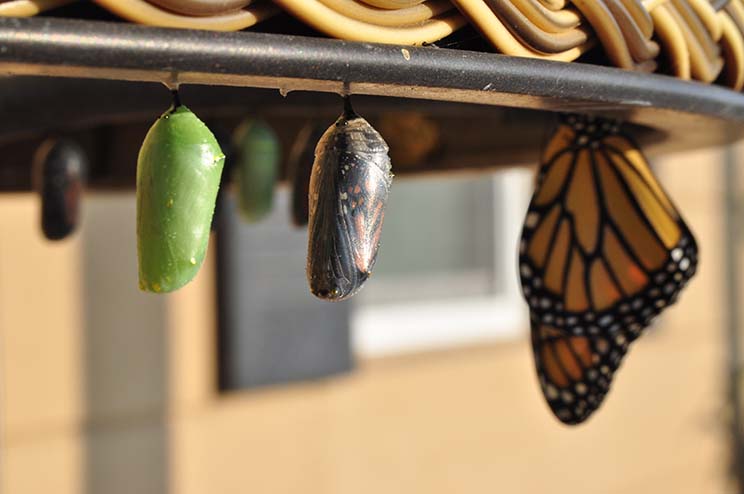Conventional wisdom says that a “burning platform” is essential to organization change. We’d like to challenge that. In our experience, vibrant, innovative organizations don’t require a burning platform. They are continually evolving enterprises that reliably learn and adjust to achieve their aspirations.
Organizations that evolve are the pacesetters; everyone else is a straggler. The stragglers, stuck in out of date habits, create strategic emergencies & painful revolution is the response. Leaders lose jobs, stockholders lose money, customers lose faith & colleagues disengage. How do strategic pacesetters evolve ahead of danger? Human connection is the key.
In Connections, James Burke’s brilliant study of innovations that change the course of history, he says: “Innovation occurs for many reasons, including greed, ambition, conviction, happenstance, acts of nature, mistakes and desperation. But one force above all seems to facilitate the process: the easier it is to communicate, the faster change happens.” Pacesetters create better connections to people inside and outside their organization; the resulting ease of communication spurs reliable, innovative evolution.
Without human connection we have no organizations because the reason an enterprise exists is so that people can achieve something together that they can’t on their own. The connections that hold people together in the face of challenging change is vital.
Leaders who evolve are better than the stragglers at three phases of human connection: they Align more deeply, Act more collaboratively & Adjust more often. Each phase answers questions. Convene the right diverse group of people, they will answer them well & produce smart progress. The questions:
ALIGN: create a mission-critical community
- What are you out to achieve? Why?
- Who must be on board for us to achieve that?
- What are each crucial team members purposes (what they are FOR), concerns (what they are AGAINST) & circumstances (the situation they are IN)?
- Where do those interests intersect? What mutual purpose inspires collaboration?
ACT: clarify promises and sponsor accountable action
- To achieve our purpose, what specific goals must we meet and by when?
- Who has the skill & will needed to keep those promises?
- What information, resources & support do those people need to launch coordinated action?
ADJUST: set the pace that keeps the team connected, adjusting and improving
- What is the rhythm of connection: Weekly? Bi-weekly? Monthly? Quarterly?
- What is the forum: In-person meetings? Virtual team app? Webinar? A mix of those?
- How will we learn from our experience and deploy improvements?
Disconnection signals: if you see the signals, check which of the above questions need to be answered:
- Unkept promises: frequent failure to deliver without asking for help
- Unresolved conflicts: familiar arguments that keep resurfacing
- Unclear accountabilities: people expressing lack of clarity about what and how to contribute.
- Joyless activity: a lack of appreciation and enjoyment
Human connection produces improvement because we humans enjoy making a meaningful difference. Be a connection pacesetter because evolution creates more joy & less stress than revolution.
FYI: sometimes revolution is needed and we’ll address that challenging topic another time.



